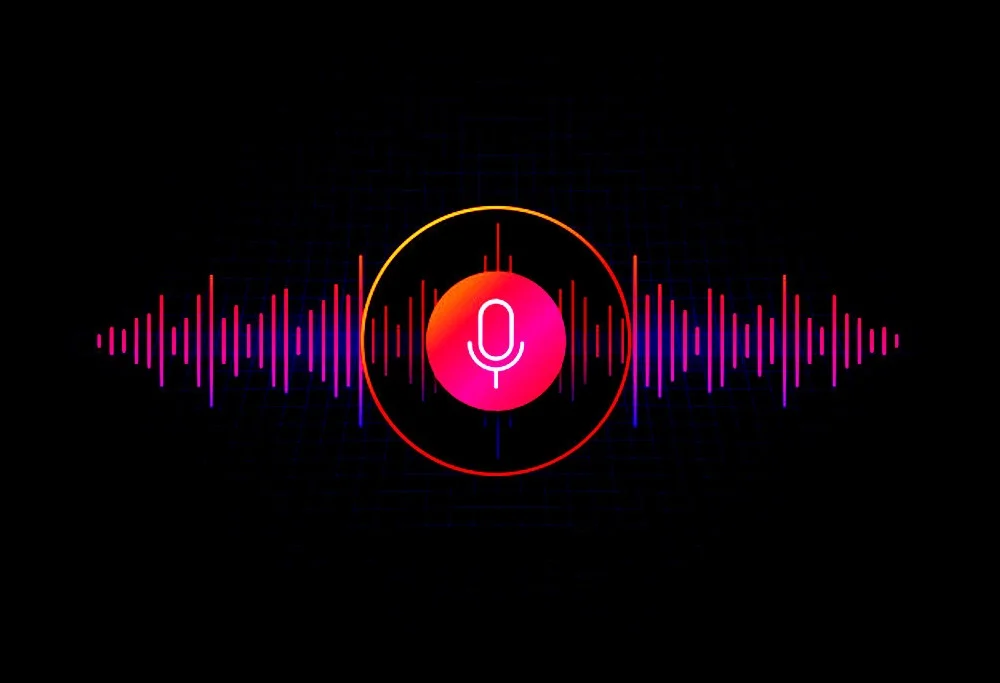In a world increasingly driven by technological innovation, the process of converting text to sound, often referred to as text-to-speech (TTS) technology, has emerged as a transformative development. This remarkable technology enables written words to be transformed into audible human-like voices, offering a range of applications in accessibility, communication, entertainment, and more. In this 1000-word essay, we will explore the evolution of text-to-speech technology, its applications, challenges, and the broader impact it has on our society.
The Evolution of Text-to-Speech Technology
The roots of text-to-speech technology can be traced back to early attempts to replicate human speech using mechanical devices. In the 18th century, inventors and scientists like Wolfgang von Kempelen experimented with these early speech synthesis devices. However, these early endeavors produced mechanical, unnatural sounds, far from the quality we associate with modern TTS systems.
The 20th century marked significant progress in the field of speech synthesis. The invention of the first electronic speech synthesizer in the 1930s was a crucial milestone. With the advent of computers in the mid-20th century, speech synthesis technology made significant strides, contributing to improved naturalness and intelligibility. One notable achievement during this period was the development of the vocoder by Bell Labs during World War II, a precursor to modern TTS technology, which allowed secure voice communication.
Today, TTS systems have reached an unprecedented level of sophistication, thanks to artificial intelligence, natural language processing, and deep learning algorithms. These systems not only replicate the sound of speech but also capture the nuances of tone, pitch, and emotional expression.
Applications of Text-to-Speech Technology
- Accessibility: Text-to-speech technology has revolutionized accessibility for individuals with visual impairments. Screen readers and TTS software allow them to access digital content, such as books, articles, and websites, by converting text to speech.
- Voice Assistants: Voice-activated virtual assistants, including Siri, Alexa, and Google Assistant, rely heavily on TTS technology to provide information and perform tasks. These virtual assistants have become an integral part of daily life, enhancing convenience and efficiency.
- Language Learning: TTS technology plays a crucial role in language learning applications, assisting learners with pronunciation, fluency, and listening comprehension. Users can hear correct pronunciations and practice their speaking skills.
- Audiobooks and Podcasts: The popularity of audiobooks and podcasts has surged in recent years. TTS technology contributes significantly to creating engaging narrations, making literary and informational content accessible to a broader audience.
- Assistive Communication: TTS technology is indispensable in assistive communication devices designed for individuals with speech disorders or conditions that affect their ability to communicate verbally.
Challenges in Text-to-Speech Technology
Despite the remarkable progress, text-to-speech technology still faces several challenges:
- Naturalness: Achieving complete naturalness in synthetic speech remains a significant challenge. While considerable strides have been made, TTS voices may still exhibit robotic intonation, and some aspects of human speech remain elusive.
- Multilingualism: Developing TTS systems that can accurately replicate speech in multiple languages and dialects is complex. Each language presents its unique challenges and nuances.
- Emotional Expression: Conveying emotional nuances in synthetic speech is challenging. While TTS can mimic some emotional cues, it often falls short of the depth and subtlety of human speech.
- Ethical Concerns: The use of TTS technology raises ethical concerns, particularly in the context of deepfake audio, where malicious actors can manipulate voices for deceptive, fraudulent, or impersonation purposes.
Ethical Implications
The rapid development of text-to-speech technology raises a range of ethical considerations:
- Misinformation: The technology’s ability to create highly convincing synthetic voices introduces the risk of misinformation and the spread of fake news. Manipulated audio can be used to deceive and mislead people.
- Privacy: The recording and synthesis of voices can raise privacy concerns, as voice data can be exploited or misused without consent.
- Authenticity: The widespread use of TTS voices in various applications may diminish the authenticity of human communication. It can lead to a lack of transparency and make it challenging to distinguish between human and synthetic voices.
- Dependency: While TTS technology offers significant benefits, there is concern that excessive reliance on it could hinder the development of natural communication skills and reduce human interaction.
Contact service https://texttosound.com/about-
Conclusion
Text-to-speech technology has come a long way, revolutionizing accessibility, communication, and entertainment across various domains. From its historical roots in mechanical devices to today’s advanced deep learning algorithms, TTS technology has reshaped how we interact with written words. However, it is not without its challenges, from achieving complete naturalness to addressing ethical concerns surrounding its use.
The responsible development and use of text-to-speech technology are crucial. It should be harnessed to empower individuals, improve accessibility, and enhance communication while being mindful of its potential for misuse and the ethical implications it poses. As we continue to advance this technology, striking a balance between innovation and ethical responsibility is vital to ensure that text-to-speech technology remains a positive force in our society.
